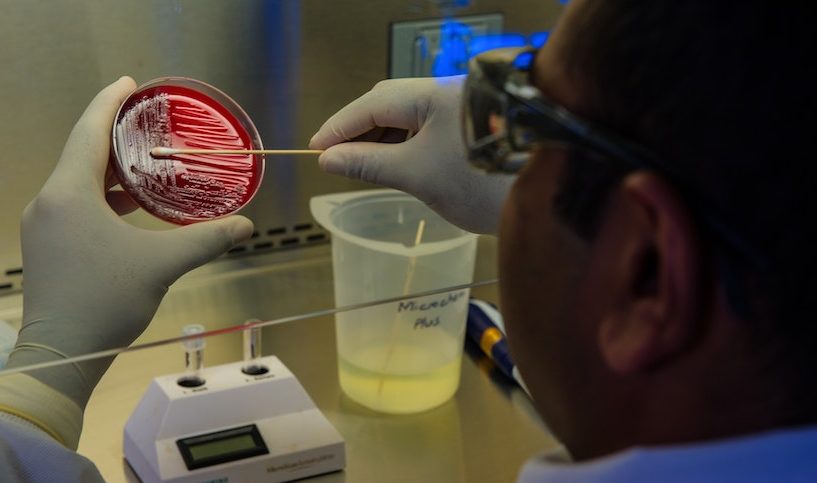One of the many new words that got added to our vocabulary in the last few months was PCR testing, but what is the test, who needs it and how to get it are the real questions that needed answering.
Right now there are two dominant ways to test for COVID-19. The Polymerase Chain Reaction test and antibody testing. PCR is actually a technique that is sometimes referred to as “molecular photocopying”. It is a quick and cheap way to copy genetic material segments for analysis and study, and is considered one of the most significant scientific advances in the field of molecular biology. Kary B. Mullis, who created the procedure, won a Nobel prize for it in 1993.
The same technique is used to test a sample of mucus, usually taken using a nasal or throat swab. Technicians then look for the genetic markers of the coronavirus which can only be found in an actively infected patient. While this is so far the most reliable test, the individual needs to have been infected for more than a few days so that the virus has had enough time to replicate.
Alternatively, doctors and medical professionals are using antibody tests to screen people in the community who have been infected but are no longer sick. They will look for the antibodies that the body produces to fight off an infection. Because they only show up in a sample after four days or more, this test is not diagnostic.
Finally, because PCR testing can be expensive and time-consuming, testing for antigens can be used as a first-step to identify people who are dealing with an active infection. The test does not tell doctors whether or not you have COVID-19 but alerts them that proteins from the virus are present in your system. The test is not as accurate as the PCR but it is much quicker, and a positive result can alert your healthcare provider to proceed to the next step in diagnosis and treatment.
If you are already in the country you shouldn’t be worried, because your doctor will know exactly what to do. But if you are one of the many thousands of people who was left stranded out of Kuwait when the airports were closed down and are looking forward to coming home after the 1st of August, then you should know that you will need to get a PCR test administered.
What we know so far is that valid residency holders will be allowed to return only if they have recent negative PCR test results. Call the Kuwaiti embassy in your country to find out which medical labs are certified and approved in your area and if you need any extra paperwork. There are some countries like Germany that provide in-airport testing, but it is still advisable to check if they will be accepted on arrival. You also need to know that random testing will take place in Kuwait once you arrive.
And you will also be required to download and register for the Shlonik application on your phone before boarding and sign a commitment pledge to comply with quarantine measures once in Kuwait. Added safety precautions like body temperature readings for all passengers before and after arrival will take place. You will also need to wear a mask during the flight and in the airport. Because of the nature of the situation, information can and will probably change as policy makers decide on the best course of action, so always make sure to follow official sources to stay up to date.
If you will be leaving the country, you should also check what the rules are for your destination country. Check the Kuwait Civil Aviation website for updated information. If you want to know what the latest requirements for the rest of the world visit The International Air Transport Association , but it is always best to check with the embassy of the country you are visiting.











